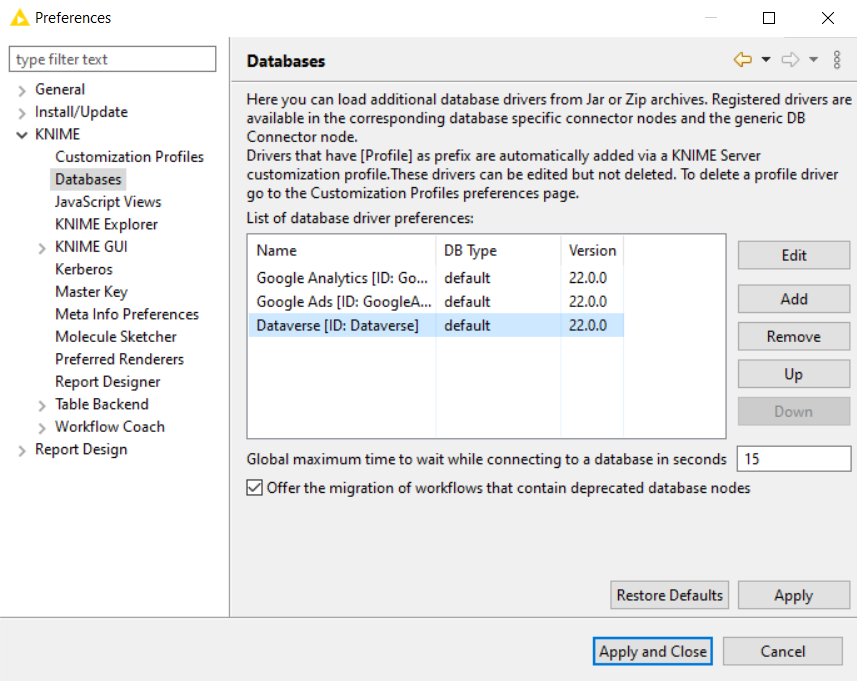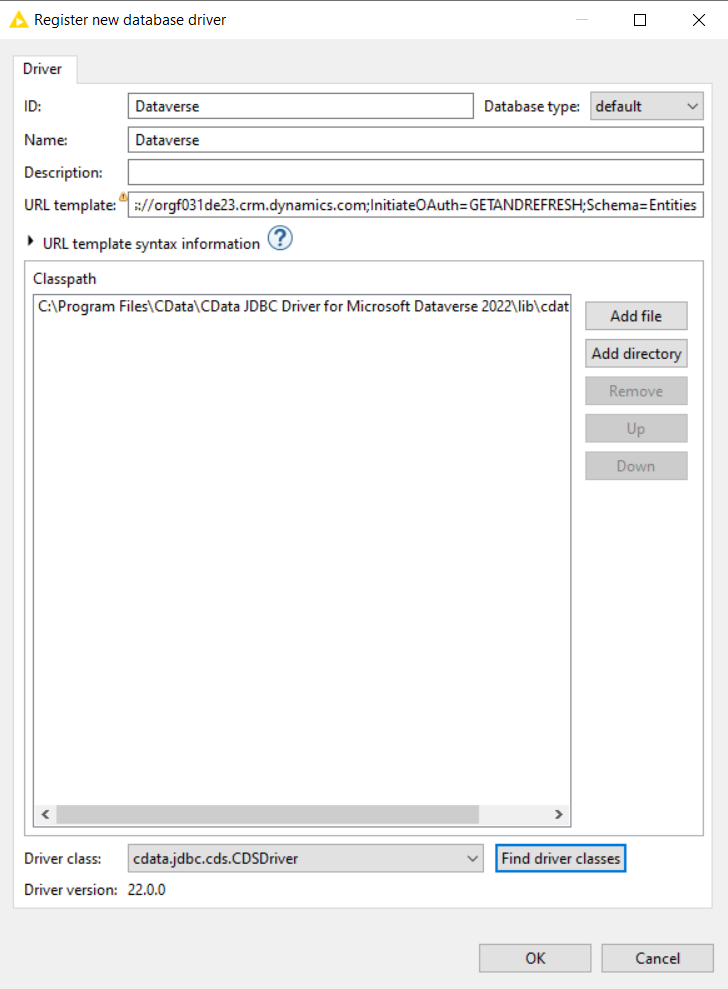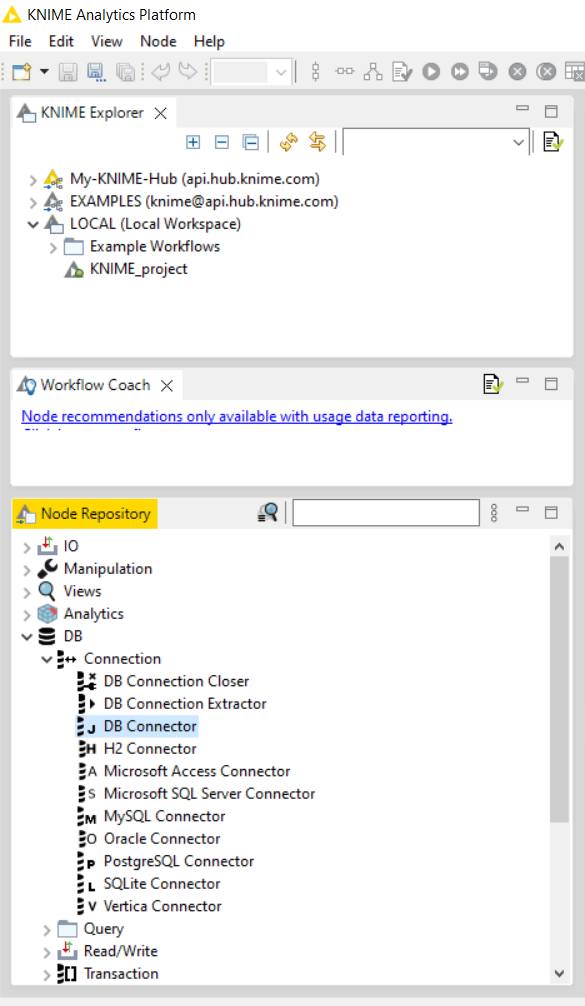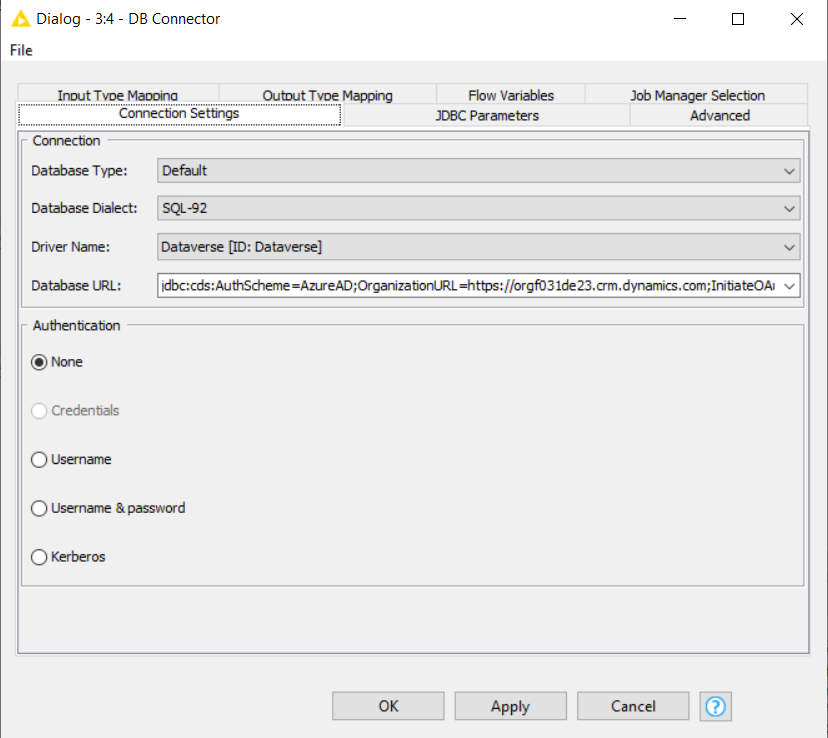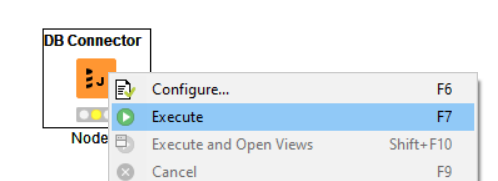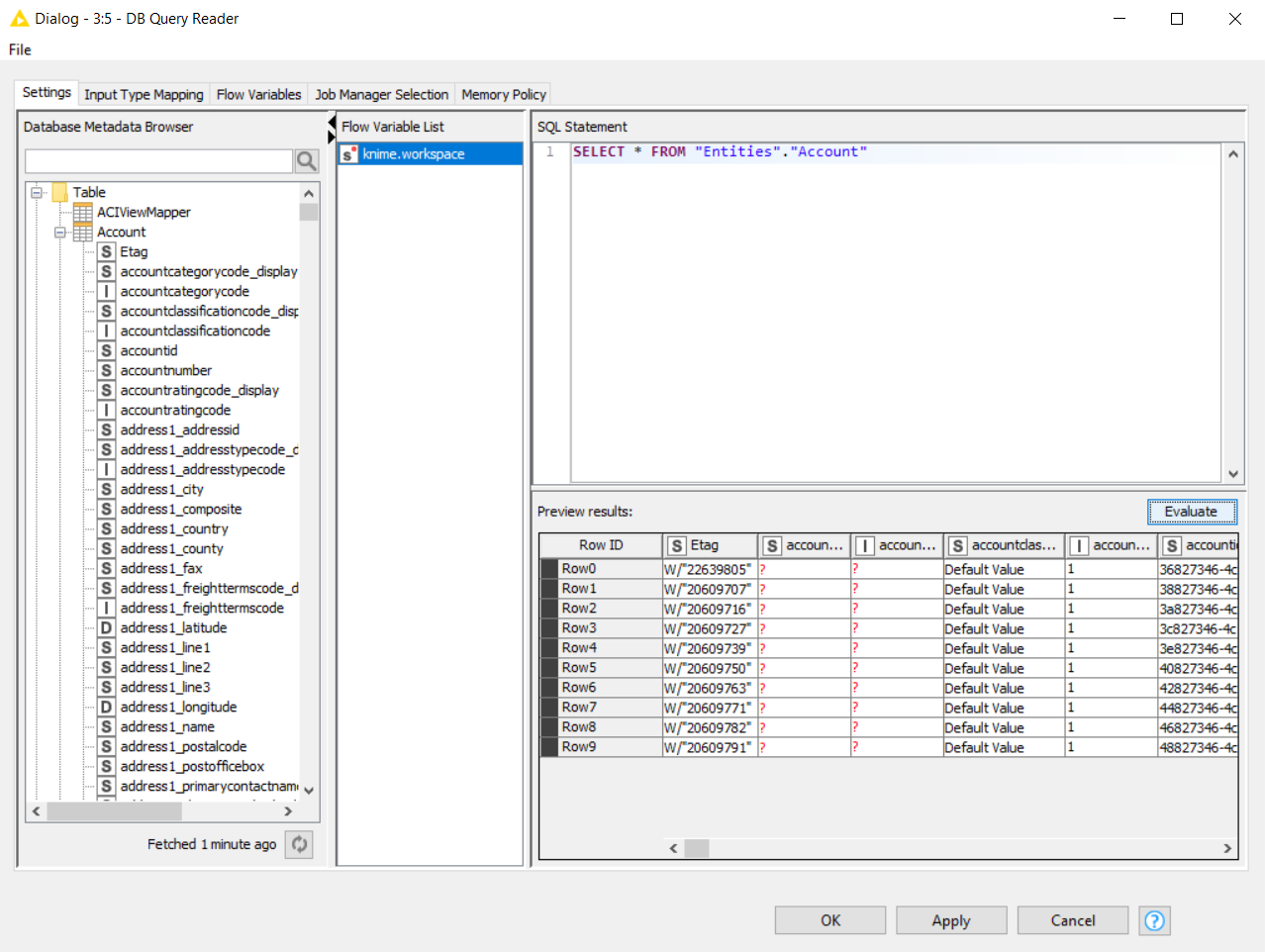Model Context Protocol (MCP) finally gives AI models a way to access the business data needed to make them really useful at work. CData MCP Servers have the depth and performance to make sure AI has access to all of the answers.
Try them now for free →Enable the Jira JDBC Driver in KNIME
Use standard data access components in KNIME to create charts and reports with Jira data.
One of the strengths of the CData JDBC Driver for Jira is its cross-platform support, enabling integration with major BI tools. Follow the procedure below to access Jira data in KNIME and to create a chart from Jira data using the report designer.
About Jira Data Integration
CData simplifies access and integration of live Jira data. Our customers leverage CData connectivity to:
- Gain bi-directional access to their Jira objects like issues, projects, and workflows.
- Use SQL stored procedures to perform functional actions like changing issues status, creating custom fields, download or uploading an attachment, modifying or retrieving time tracking settings, and more.
- Authenticate securely using a variety of methods, including username and password, OAuth, personal access token, API token, Crowd or OKTA SSO, LDAP, and more.
Most users leverage CData solutions to integrate Jira data with their database or data warehouse, whether that's using CData Sync directly or relying on CData's compatibility with platforms like SSIS or Azure Data Factory. Others are looking to get analytics and reporting on live Jira data from preferred analytics tools like Tableau and Power BI.
Learn more about how customers are seamlessly connecting to their Jira data to solve business problems from our blog: Drivers in Focus: Collaboration Tools.
Getting Started
Define a New JDBC Connection to Jira Data
- Go to File -> Preferences -> KNIME -> Databases
- Click Add File and add the cdata.jdbc.jira.jar. The driver JAR file is located in the lib subfolder of the installation directory.
![CData drivers added to a KNIME workflow. CData drivers added to a KNIME workflow.]()
- Click Find driver classes
- Set the ID and the Name of the connection (you can set any values you prefer for these fields as they are not restricted)
- Set the URL template. A typical JDBC URL is provided below:
jdbc:jira:User=admin;Password=123abc;Url=https://yoursitename.atlassian.net; - Click OK to close the configuration section.
![Registering new database CData drivers in KNIME workflow. Registering new database CData drivers in KNIME workflow.]()
- Under Node Repository go to DB -> Connection -> drag and drop DB Connector. Double-click on it and change the driver name to the driver you just configured, in this case, Jira (ID: Jira). The Database URL should change automatically.
![Configuring the CData driver Configuring the CData driver]()
- Click Apply and OK to save changes.
![Authentication Authentication]()
- Right-click on the connector and select Execute. You will see that the connector will allow you to redirect to the browser where you will need to log in and allow access. After that, you will get connected successfully.
![Executing the DB Connector Executing the DB Connector]()
-
Double-click on your DB Query Reader and click the refresh button to load the metadata. Create an SQL Statement and click Evaluate. After clicking Evaluate you will be able to see the records requested. To learn more about the tables/views that are listed in our driver please refer to our Data Model.
![DB Query Reader to load the metadata DB Query Reader to load the metadata]()
For assistance in constructing the JDBC URL, use the connection string designer built into the Jira data JDBC Driver. Either double-click the JAR file or execute the jar file from the command-line.
java -jar cdata.jdbc.jira.jar
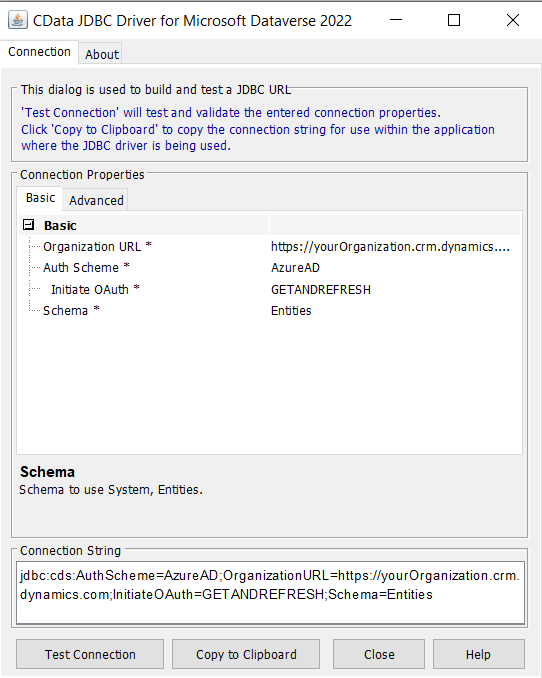
Additionally, please refer to our documentation to learn more about Connection Properties
Now you can go to the Read/Write section in Node Repository and get a DB Query Reader, to be able to execute a query.
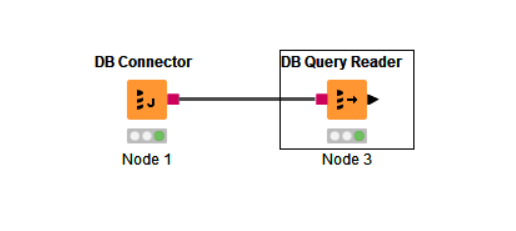
Get Started Today
Download a free, 30-day trial of the CData JDBC Driver for Jira and start building Jira-connected charts and reports with KNIME. Reach out to our Support Team if you have any questions.

